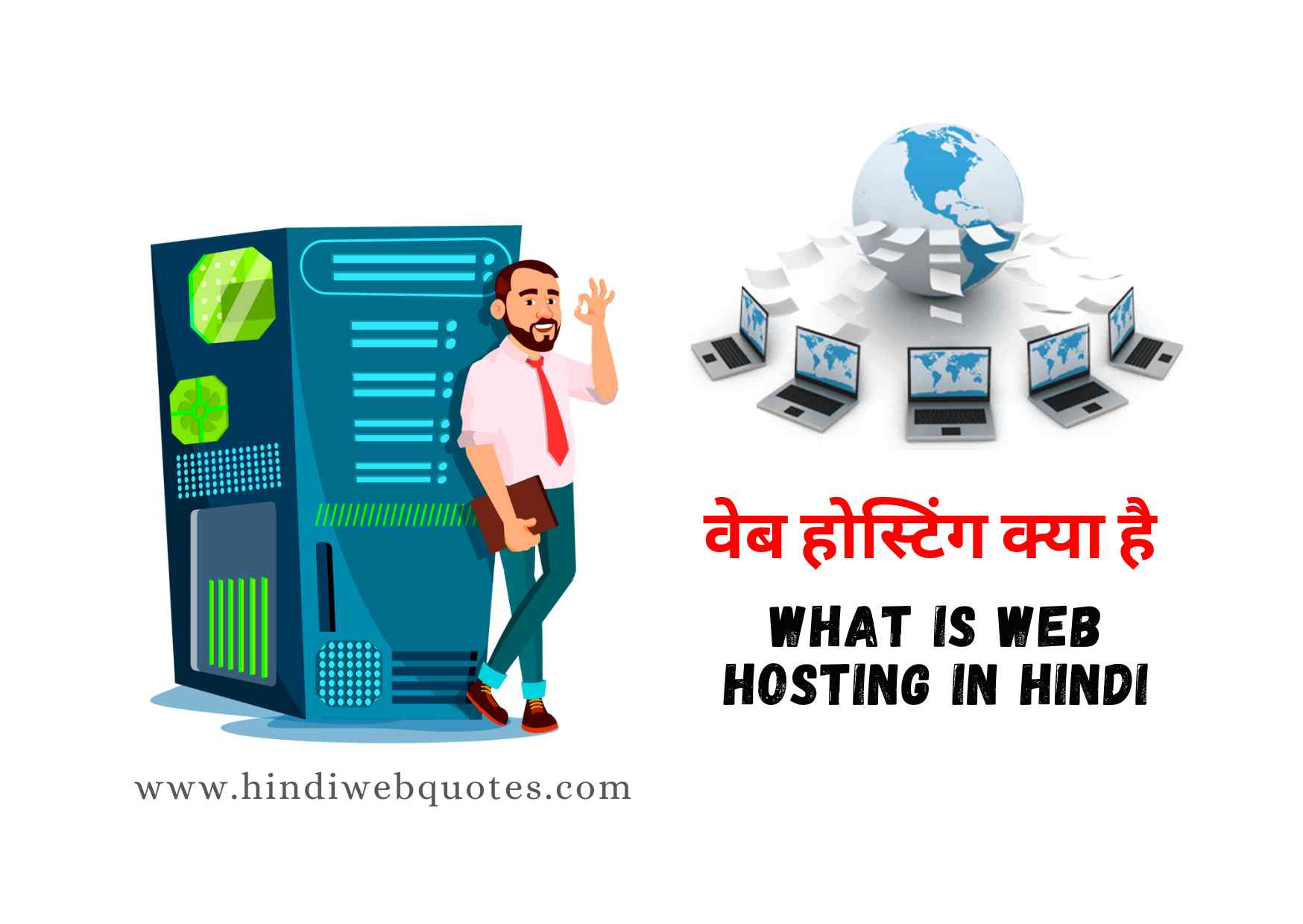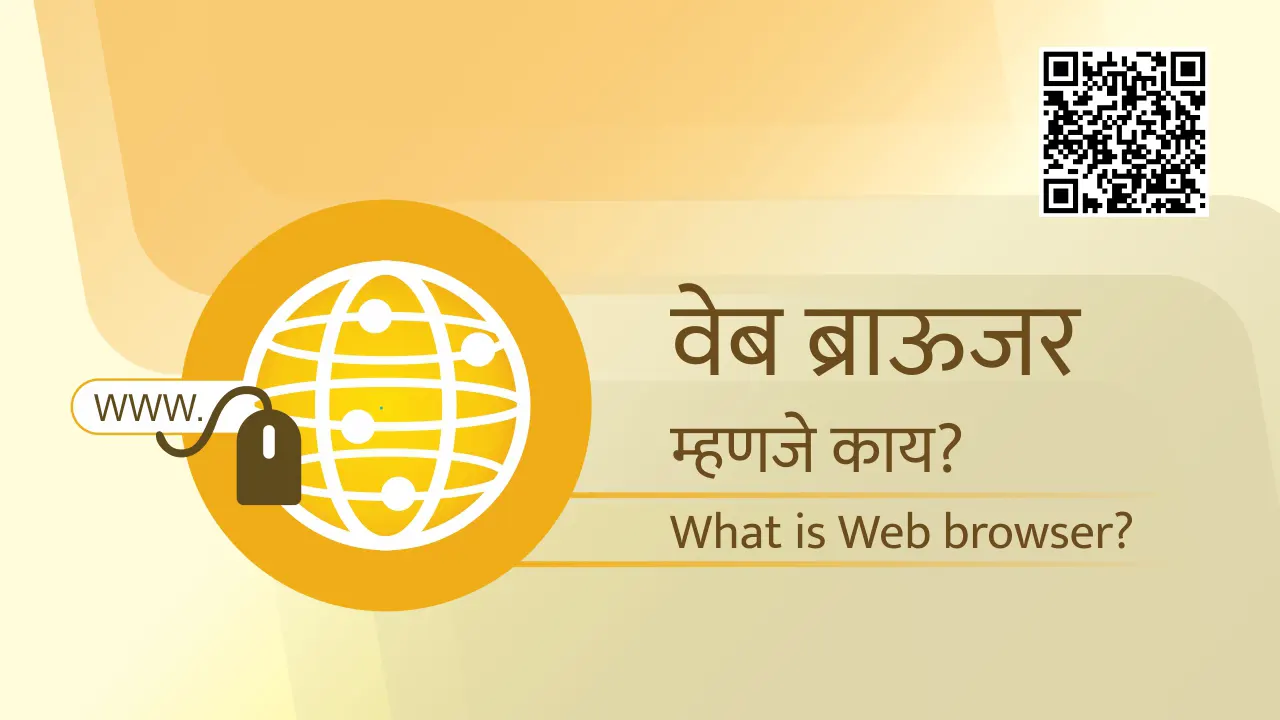Internet Of Things & Web Search: A Comprehensive Overview
Does the future hold a world where everyday objects communicate seamlessly, enhancing our lives in ways we can barely imagine? The Internet of Things (IoT) promises exactly that: a network where devices, from your refrigerator to your car, exchange data and automate tasks, creating a more connected and efficient world.
But what exactly is the Internet of Things, and how does it work? At its core, IoT refers to the interconnection of everyday physical objects ("things") with the internet. These "things" are embedded with sensors, software, and other technologies that enable them to collect and exchange data with other devices and systems over a network. This allows these objects to be remotely controlled and monitored, creating opportunities for automation, data analysis, and improved decision-making.
Imagine your home, equipped with smart devices that adjust the temperature, control lighting, and secure your premises, all based on your preferences and real-time data. Think about a healthcare system where wearable sensors constantly monitor patients' vital signs, alerting doctors to potential health issues. Envision a city where traffic lights adjust to optimize flow, reducing congestion and improving air quality. These are just a few examples of the transformative potential of IoT.
The origins of IoT can be traced back to the early days of the internet and the development of embedded systems. The first truly connected device was arguably a modified Coke machine at Carnegie Mellon University in the early 1980s. Students could check the status of the machine and determine if there were any cold drinks available, remotely over the network. However, it wasnt until the late 1990s that the term "Internet of Things" was coined by Kevin Ashton, co-founder of the Auto-ID Center at MIT. Ashton envisioned a world where machines could collect data without human intervention, revolutionizing supply chain management and other industries.
The growth of IoT has been exponential in recent years, driven by several factors. The decreasing cost of sensors, processors, and networking technologies has made it more affordable to embed intelligence into everyday objects. Advances in wireless communication, such as Wi-Fi, Bluetooth, and cellular networks, have provided the connectivity necessary for these devices to communicate. Furthermore, the development of cloud computing platforms has enabled the storage, processing, and analysis of the vast amounts of data generated by IoT devices.
The applications of IoT are incredibly diverse and span across numerous industries. In healthcare, IoT devices can monitor patients' health, track medication adherence, and provide remote patient monitoring. In manufacturing, IoT can optimize production processes, improve quality control, and predict equipment failures. In transportation, IoT can enable smart traffic management systems, autonomous vehicles, and real-time tracking of goods. In agriculture, IoT can monitor soil conditions, optimize irrigation, and improve crop yields. The possibilities are seemingly endless.
The benefits of IoT are equally compelling. IoT can improve efficiency and productivity by automating tasks and optimizing processes. It can enhance decision-making by providing access to real-time data and insights. It can improve safety and security by enabling remote monitoring and control of devices. It can create new business models and revenue streams by providing new products and services. Ultimately, IoT has the potential to transform industries, improve lives, and create a more sustainable future.
Let's start with the basics for people beginning. IoT, or the Internet of Things, isn't just a futuristic concept; it's already woven into the fabric of our daily lives. From smart home devices that automate our routines to wearable fitness trackers monitoring our health, IoT is revolutionizing how we interact with the world.
To provide a foundation for those just starting out, here's an overview of IoT, covering its history, applications, benefits, and potential challenges, equipping you with the knowledge to navigate this evolving landscape.
IoT is the network of physical objects"things"that are embedded with sensors, software, and other technologies for the purpose of connecting and exchanging data with other devices and systems over the Internet. These devices range from ordinary household objects to sophisticated industrial tools.
However, along with the many benefits of IoT, there are also challenges. Security and privacy are major concerns, as the increasing number of connected devices creates new opportunities for cyberattacks and data breaches. The vast amounts of data generated by IoT devices also raise questions about data privacy and how that data is used. Furthermore, the complexity and interoperability of different IoT devices and platforms can be challenging to manage. The ethical implications of IoT, such as algorithmic bias and the potential for job displacement, must also be considered.
IoT, or Internet of Things, is a network of interconnected devices embedded with sensors, software, and other technologies that enable them to collect and exchange data with other devices and systems over the Internet.
The value of IoT projects is greatly related to the data they produce. Currently, together with connected objects, data is present everywhere and is very valuable. The connected devices are sensors, equipment, machines, wearable devices, and other types of items, are capable of communicating, processing data, and collecting from the environment.
As data becomes the lifeblood of IoT systems, security becomes paramount. Every device must be protected from cyberattacks, unauthorized access, and data breaches, ensuring data is protected and secure.
Lets explore how IoT works, its uses, advantages, and disadvantages. This explanation will help you understand the technology and its capabilities.
Despite these challenges, the future of IoT appears bright. The continued development of new technologies, such as 5G and artificial intelligence, is expected to further accelerate the growth of IoT. The increasing adoption of IoT across various industries and the growing demand for smart devices and services are expected to drive further innovation. The convergence of IoT with other emerging technologies, such as blockchain and edge computing, is expected to create new opportunities and address some of the existing challenges.
The term "Web of Things" (WoT) is also related. WoT is a web standard for the Internet of Things that allows smart things and web-based applications to communicate over the web. Think of it as a way to make IoT devices more accessible and interoperable.
Sensors, actuators, and communication interfaces (e.g., smart thermostats, wearable devices, industrial machines) are all a part of it, integrating physical objects.
Data is a significant part of IoT projects. Today, together with connected objects, data is present everywhere, and it is very valuable. The connected devicessensors, equipment, machines, wearable devices, and other types of itemsare capable of communicating, processing data, and collecting from the environment.
The future of IoT is undeniably exciting. The convergence of various technologies and the increasing interconnectedness of our world promise a future where technology seamlessly integrates with our lives, creating a more efficient, sustainable, and enjoyable existence.
For example, a homeowner might install a camera in their home. It can record video and access all feeds with the help of the web server. Data is a valuable part of any IoT project. Today, data is available everywhere along with connected objects and is quite valuable.
However, Google, Yahoo, or any other search engine only cover about 4% of the web universe. And further, we know that we still don't know much about the 96% of the web.
High-quality Linux fingerprinting access control systems.
Today's web browsers can be easily used with high versatility. This is available on desktops, laptops, mobile phones and other devices
IoT (Internet of Things) is a key part of any digital transformation. IoT, along with other technologies like cloud computing and AI, is helping businesses transform how they run and operate.
The application, use, benefits, and pitfalls of IoT are the main points that we will explore. Let's get started.
Many objects are currently connected to the web by way of web browsers.
The internet of things (IoT) is a system of interrelated computing devices, mechanical and digital machines, objects, animals or people that are provided with unique identifiers (UIDs) and the ability to transfer data over a network without requiring human-to-human or human-to-computer interaction.


